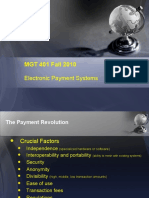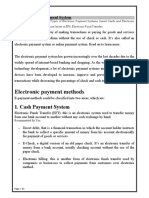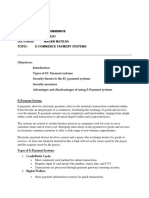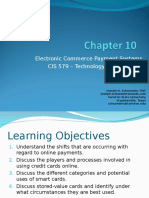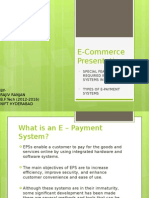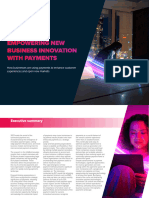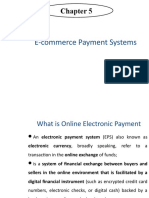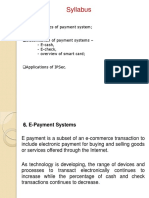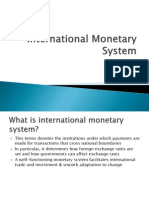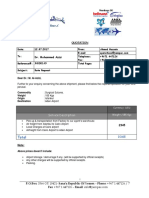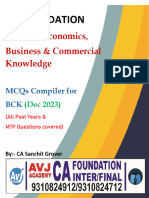0% found this document useful (0 votes)
34 views7 pagesE-Commerce Mod 4 Notes
The document discusses various aspects of noncash and online payments, including their definitions, benefits, applications, and emerging trends. It covers the processes involved in online credit card payments, the use of smart cards, e-checking, B2B e-commerce payment methods, and electronic bill presentment and payment systems. The overall shift towards digital transactions is highlighted as a means to enhance convenience, security, and efficiency in financial processes.
Uploaded by
121322090033Copyright
© © All Rights Reserved
We take content rights seriously. If you suspect this is your content, claim it here.
Available Formats
Download as DOCX, PDF, TXT or read online on Scribd
0% found this document useful (0 votes)
34 views7 pagesE-Commerce Mod 4 Notes
The document discusses various aspects of noncash and online payments, including their definitions, benefits, applications, and emerging trends. It covers the processes involved in online credit card payments, the use of smart cards, e-checking, B2B e-commerce payment methods, and electronic bill presentment and payment systems. The overall shift towards digital transactions is highlighted as a means to enhance convenience, security, and efficiency in financial processes.
Uploaded by
121322090033Copyright
© © All Rights Reserved
We take content rights seriously. If you suspect this is your content, claim it here.
Available Formats
Download as DOCX, PDF, TXT or read online on Scribd
/ 7

















